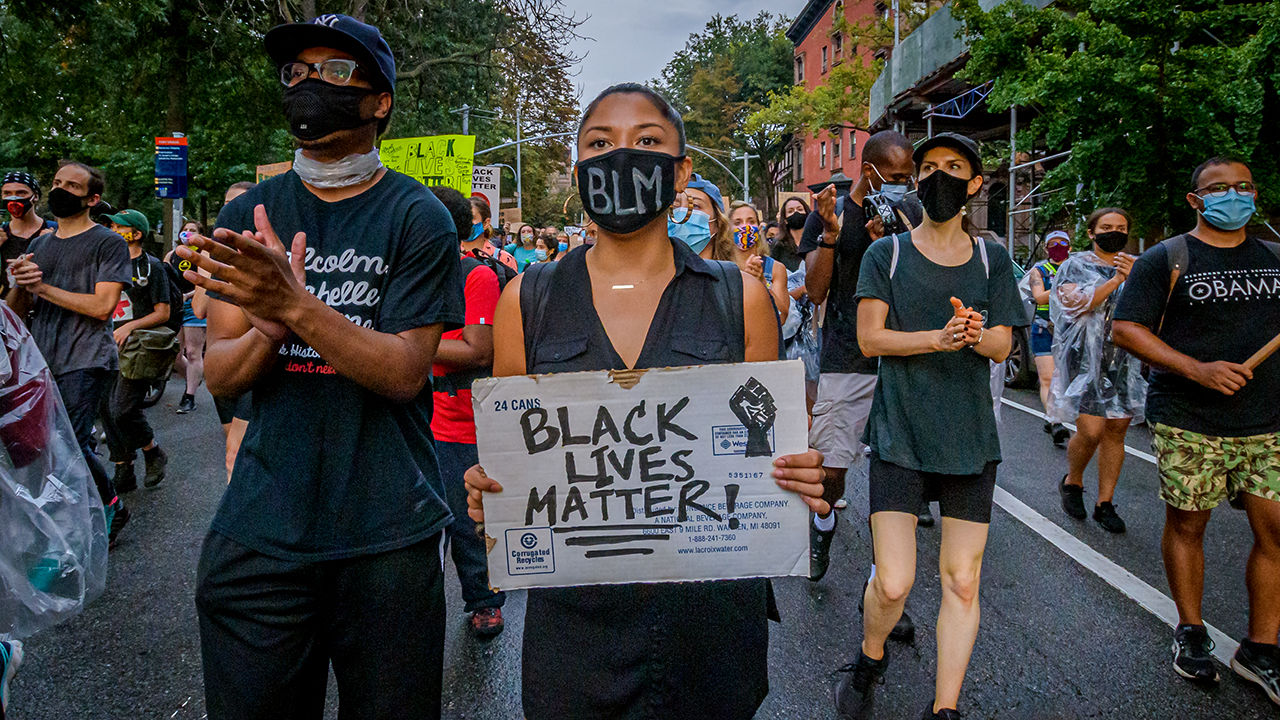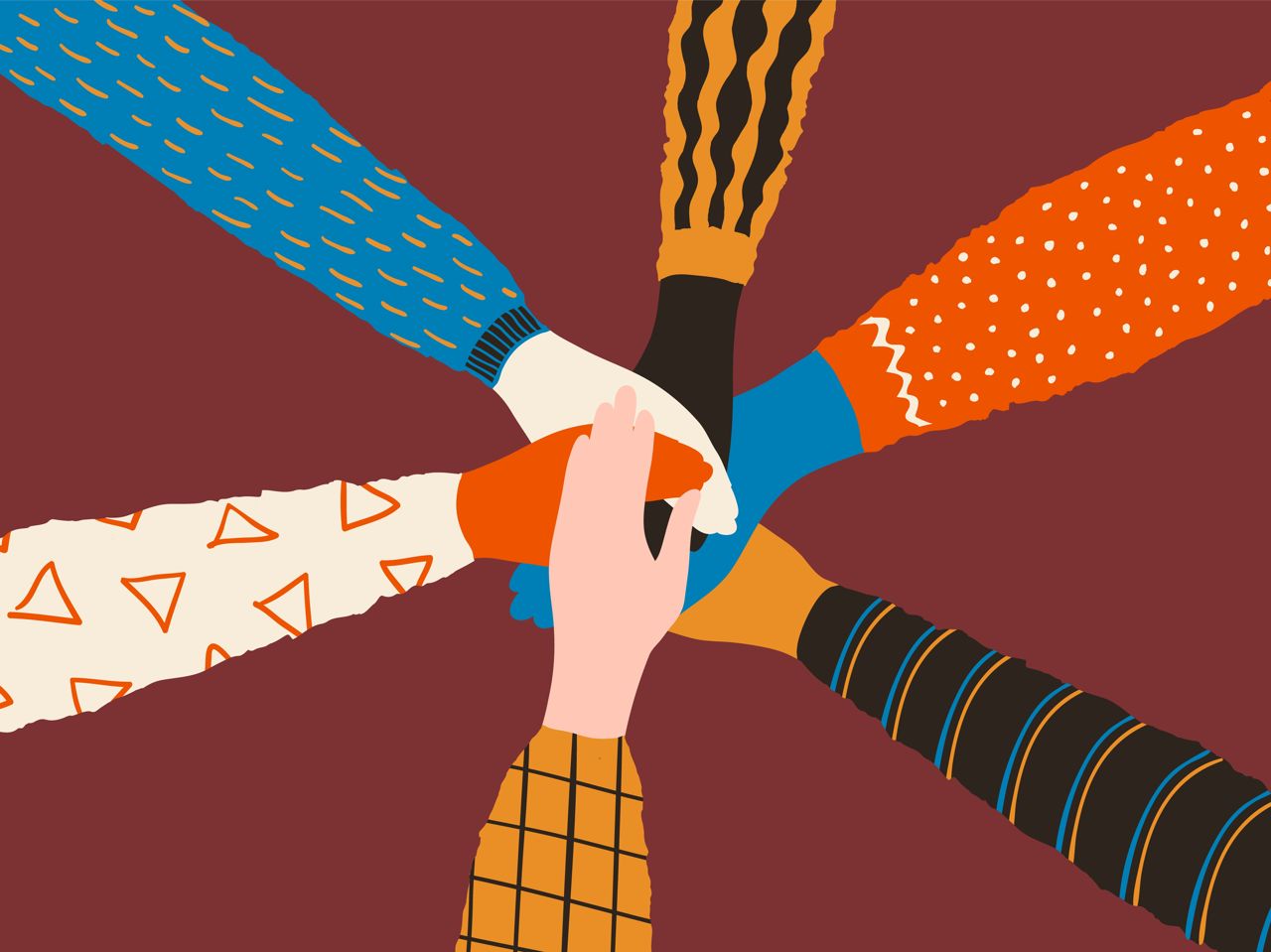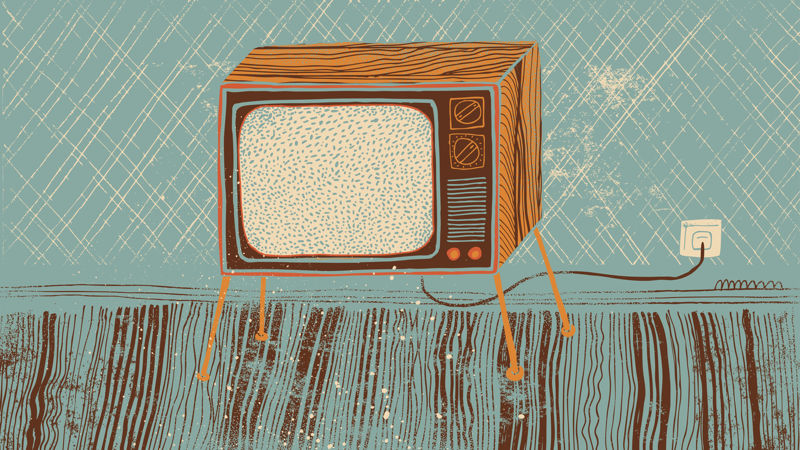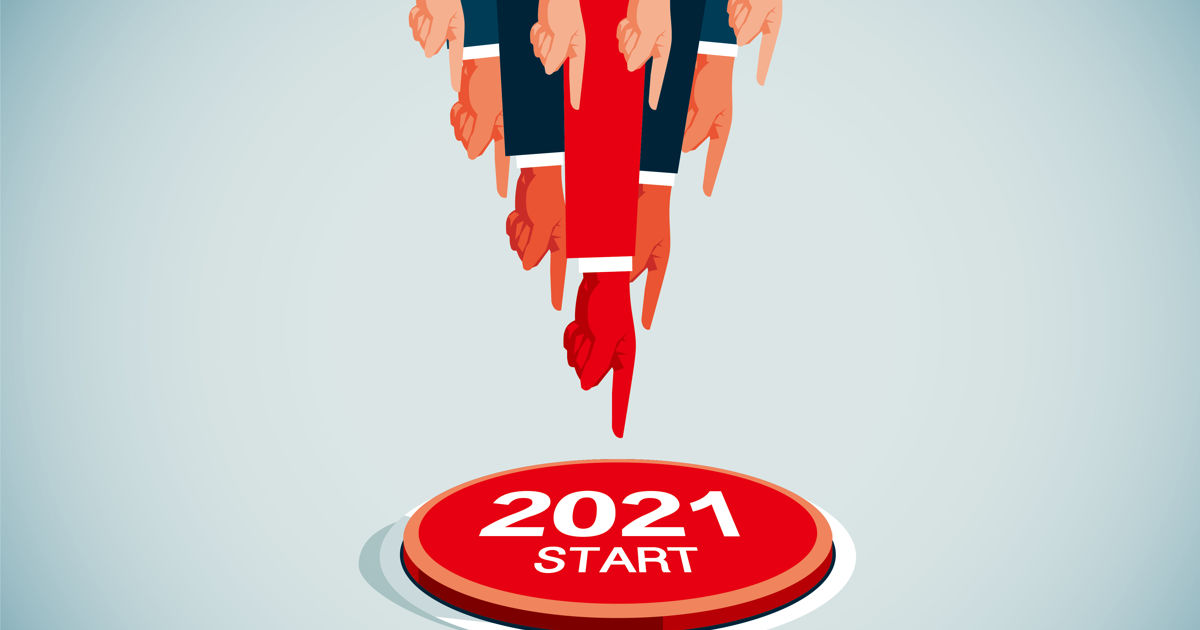Intent without action is not going to be enough
If we learned anything from last year it’s that things can always get worse, says Farah Dib, Co-Founder & Creative Director at TwentyTwenty. The world is in perpetual flux, but there is one constant: change is asymmetrical. It happens at different paces across society, and leveraging any of our learnings from 2020 starts with taking the necessary steps to get us all on the same page.
It’s not the first time our industry has been accused of being out of touch with reality.
We’ve missed the mark many times, predicting one pendulum swing after another, only to revert back to doing whatever everyone else is doing.
There’s great danger in believing everyone understands the world the same way we do.
Last year was no different. Piano-accompanied mood films of ‘togetherness’ and black squares, brands everywhere joining the chorus of change, few able to back up their virtue signalling with action. A move that seems particularly cynical in a year when loneliness peaked.

Above: Many brands rightly joined in the "chorus of change" in relation to Black Lives Matter, but how many of them backed this up with action?
Big purpose can be a hugely powerful source of both internal and external focus, motivation and brand strength. But, in most instances, failure to mobilise the conviction and resources it demands from leaders strangle the real impact, leaving brands and their intentions vulnerable to public scrutiny. There’s great danger in believing everyone understands the world the same way we do, as the voices within marginalised communities speaking up against lazy adoptions of their causes for marketing purposes have proven. In a year where the power vested in communities and grassroots movements to rewrite their own narratives has been made evidently clear, there’s only one prediction for 2021 worth making: intent without action is not going to be enough. It’s time to address the asymmetry of change.
The asymmetry of change
In December, more Japanese people committed suicide than have died from Covid during the whole of 2020. While it’s true that a global crisis like the one we’ve endured accelerates positive trends and forces necessary development, it is equally true that it compounds inequality, exacerbates already existing problems and amplifies challenges. While digitalisation, media budget cuts and shifts in consumer spending might be our immediate headaches, the lived realities of our various audiences are oftentimes very far from industry trend reports and predictions. Excluding them from our roadmap of change will predictably lead to a failure to implement what we’ve learned and vowed to change this year.
We have a duty to direct our energy and resources towards achievable, short-term goals.
In a world that’s hyper-connected and interlinked, where messages seeded in the right way can get disproportionate airtime and galvanise support in a matter of hours, we have a duty to direct our energy and resources towards achievable, short-term goals, defined by the people our products and services stand to serve. If we want to use the momentum of change to rewrite a different future, we need to invite the right people into the hallways of decision making. Our biggest pitfall is assuming everyone is experiencing the world the same way we are. Realising they’re not, is our biggest opportunity.

Above: Strong communities at the heart of a brand will become ever more significant.
Community is the way forward
As traditional support structures break down, we find ourselves in the midst of a radical re-thinking of community. With Twitter as our local village hall, Amazon the modern marketplace and CrossFit our new religion, brands, propelled by globalisation and digitalisation, sit on a powerful antidote to isolation and can, in the absence of viable global governance and ideology, play a powerful role in connecting people who share the same values, interests and passions in the year ahead.
We need to be thinking about how we can best integrate our shared interests to build mutually beneficial relationships with consumers.
Furthermore, a strong community at the core of a brand is insurance for the uncertainty ahead. As the world around us shifts, our success as advertisers becomes tightly linked to the value we can add and problems we can solve here and now for the people our clients’ brands serve. What consumers are doing now or what they will be buying the most of this year is not what should keep us up at night, rather, we need to be thinking about how we can best integrate our shared interests to build mutually beneficial relationships with consumers.
Adapting to constant change is about inviting people we normally don’t interact with to help set achievable short-term goals centred around positive contributions to communities and addressing immediate pain points, while acknowledging our role in the bigger picture. It's about working with, alongside, and for communities and grassroots movements, involving them in the process of change and stepping down from the ivory towers and drafting the roadmap of change alongside real change-makers.
Community is at the heart of building brands that can turn the asymmetry of change into a valuable opportunity.
That’s how we build loyalty, and make ourselves less vulnerable to the ebb and flow of consumer preferences and purchase behaviours in a time when everything is in constant flux. In short, community is at the heart of building brands that can turn the asymmetry of change that has come from the tumultuousness of 2020 into a valuable opportunity.
)




 + membership
+ membership








